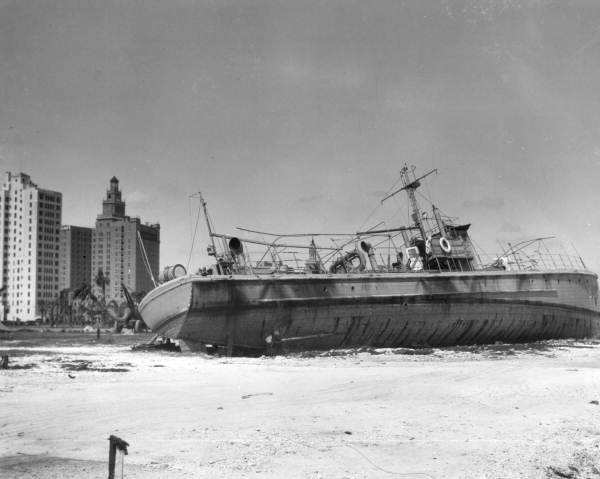The 1926 Miami hurricane, commonly called the “Great Miami” hurricane, was a large and intense tropical cyclone that devastated the Greater Miami area and caused extensive damage in the Bahamas and the U.S. Gulf Coast in September 1926.
The tropical cyclone is believed to have formed in the central Atlantic Ocean on September 11. Steadily strengthening as it tracked west-northwestward, the tropical storm reached hurricane intensity the next day. As a result of scattered observations at open sea, however, no ship encountered the storm until September 15, by which time the cyclone had reached major hurricane intensity north of the Virgin Islands. Strengthening continued up until the following day, when the storm reached peak intensity with a strength equivalent to a Category 4 hurricane. This intensity was maintained as the storm tracked across the Turks and Caicos and the Bahamas to landfall near Miami on September 18.

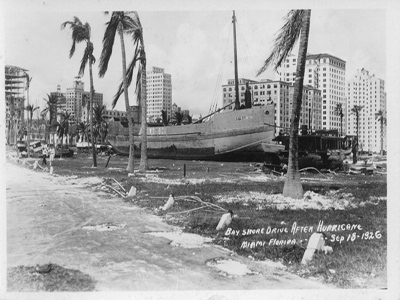
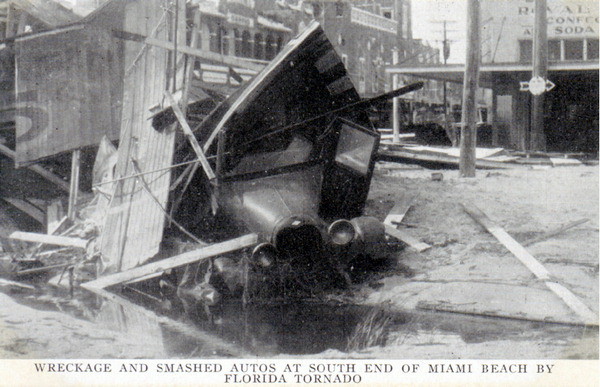
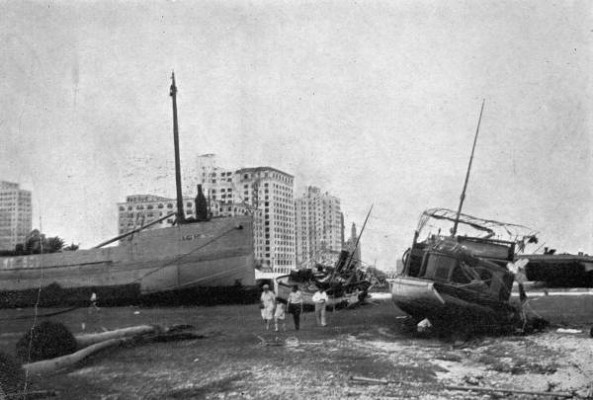
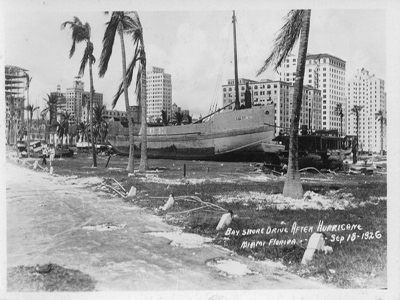
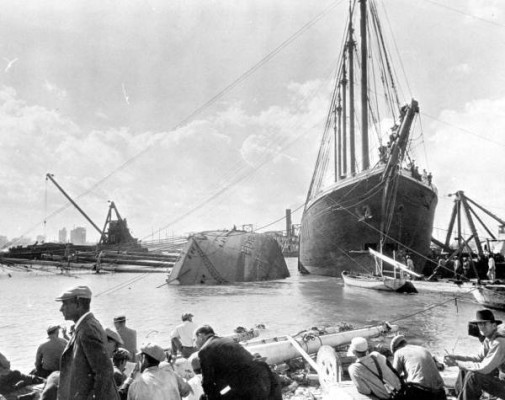
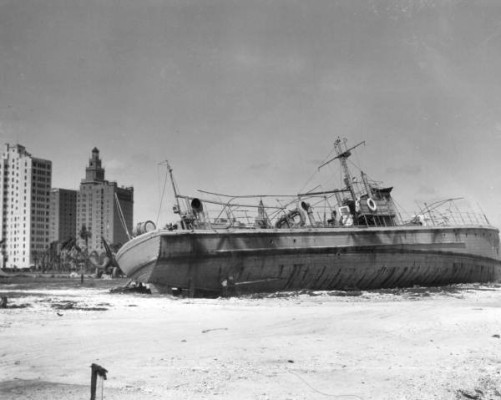
The 1926 storm was described by the U.S. Weather Bureau in Miami as “probably the most destructive hurricane ever to strike the United States.” It hit Fort Lauderdale, Dania, Hollywood, Hallandale and Miami. The death toll is estimated to be from 325 to perhaps as many as 800. No storm in previous history had done as much property damage.
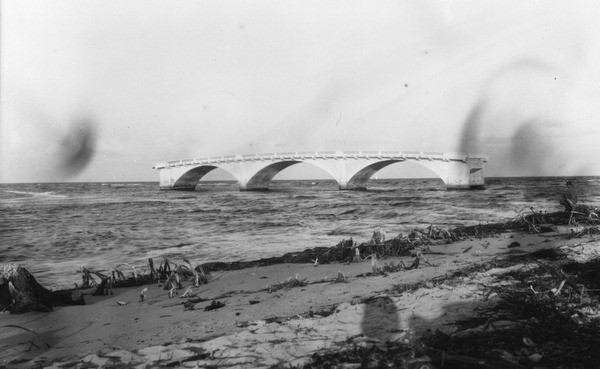
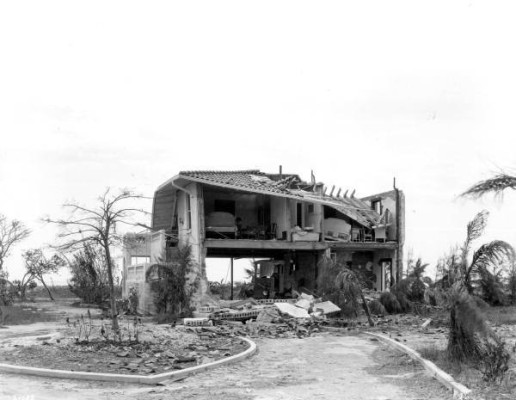
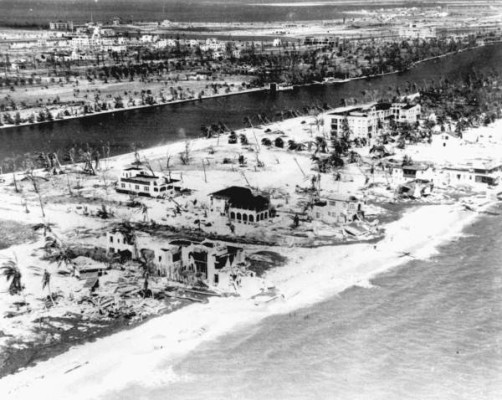
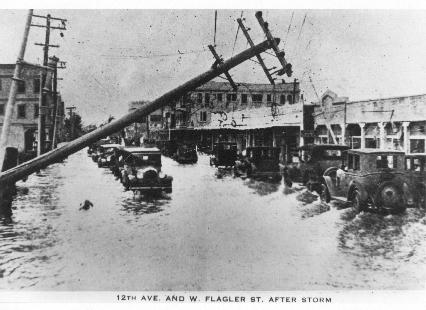
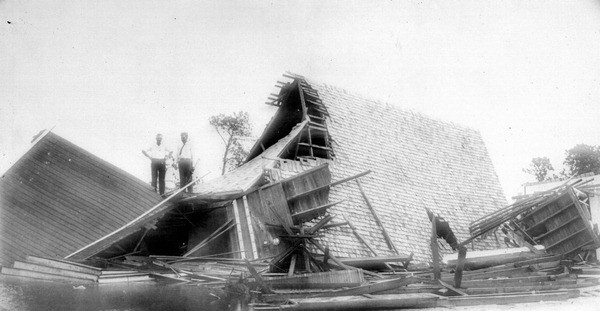
Structural damage was stupefying. Utility poles hurtled through the air. Roofs were torn from buildings. Electricity and water were cut off. Even the beach seemed to shift; Collins Avenue was covered in sand, as were lobbies of prestigious oceanfront hotels.
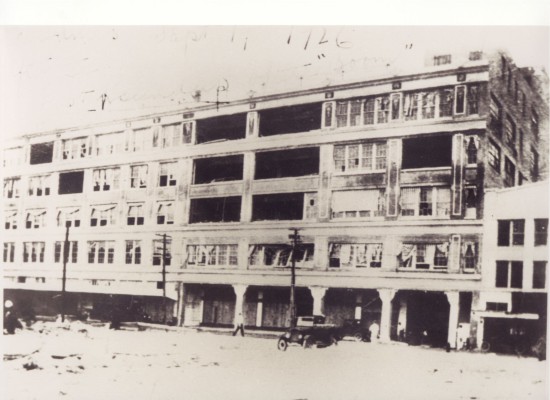
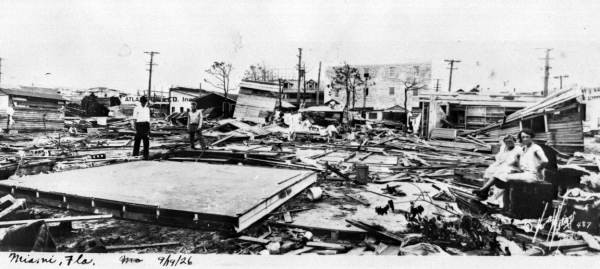
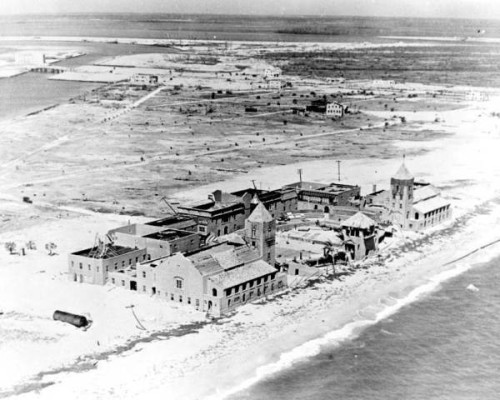
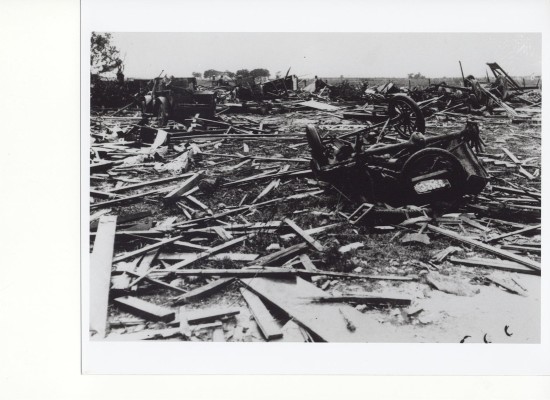
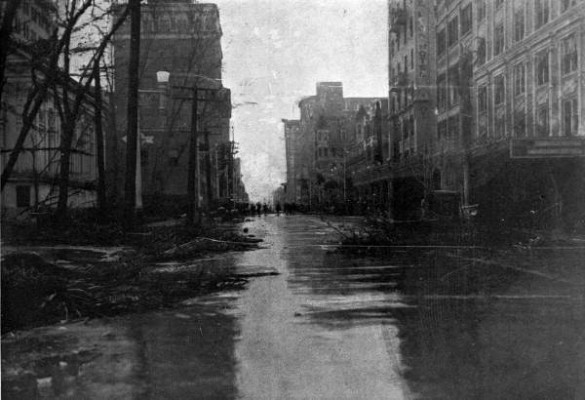
According to the American Red Cross, the storm caused 372 fatalities, including 114 from the city of Miami, but these totals apparently do not include deaths outside the United States. Prior to 2003, the National Weather Service had long accepted 243 as the number of deaths, but historical research indicated that this total was far too low. The NWS then updated its totals to reflect the new findings. Even the estimates for the United States are uncertain and vary, since there were many people, especially transients and colored migrants in South Florida, listed as “missing”. About 43,000 people were left homeless, mostly in the Miami area.
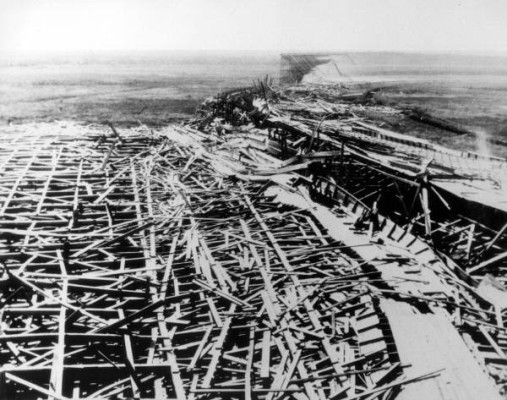
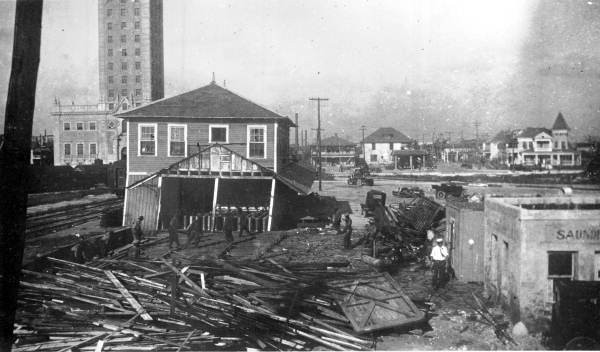
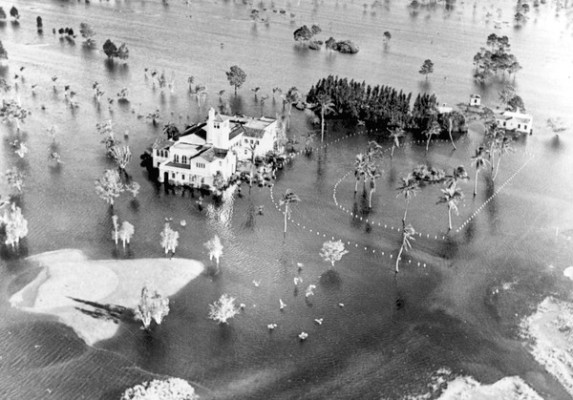
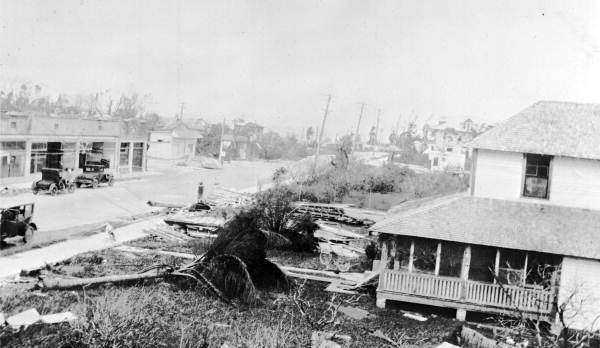
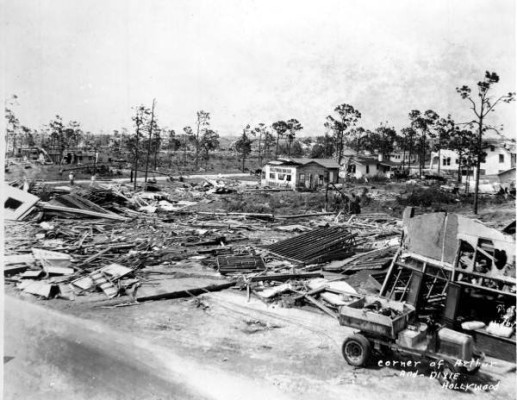
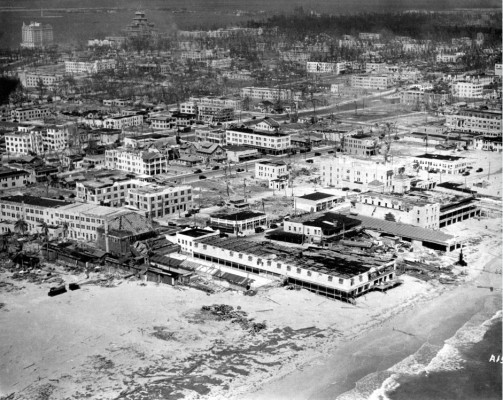
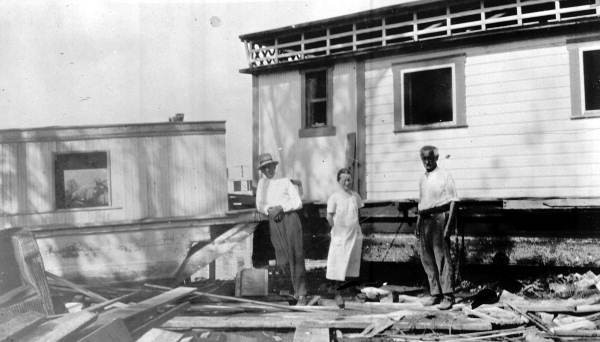
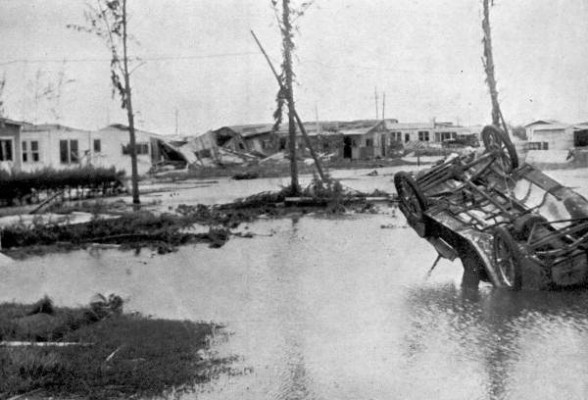
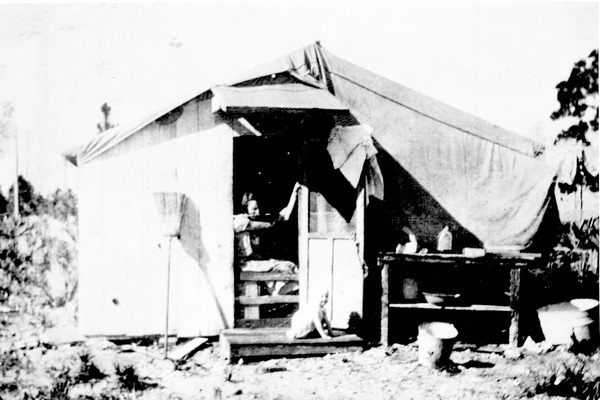
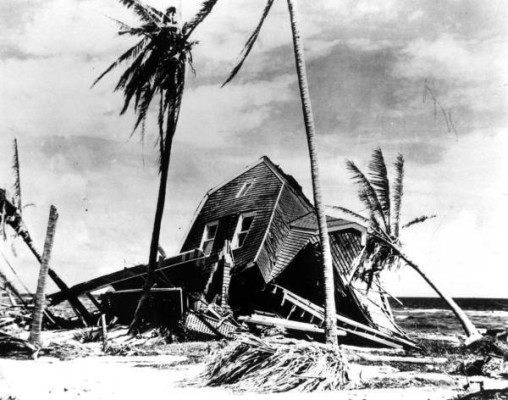
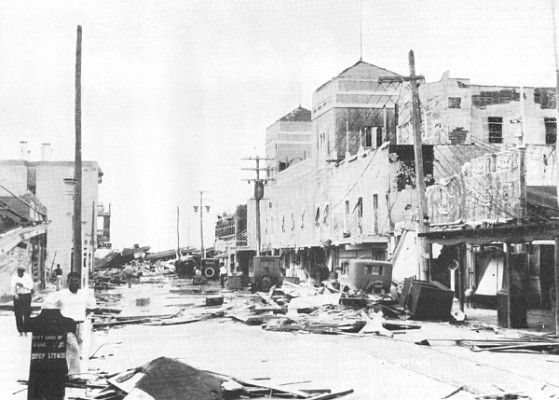
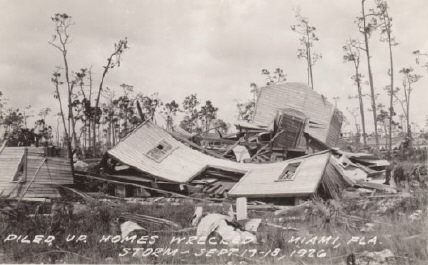
Several events, including the sinking of a ship in the Miami harbor and an embargo by the Florida East Coast Railroad before the storm, weakened the Florida land boom of the 1920s in South Florida. However, the storm is considered the final blow to end the boom locally. Thousands of newcomers to Florida left the state and cleared their bank accounts, leaving many banks to the brink of bankruptcy. As a result, the Great Depression of 1929 did not make a great impact to Florida unlike the rest of the country. Many planned developments, which had fallen into deadlock due to insufficient resources, were abandoned due to the economic effects of the hurricane. In Boca Raton, for instance, one planned community by Addison Mizner, called Villa Rica, was destroyed by the hurricane and never rebuilt. South Florida did not achieve full economic recovery until the 1940s.
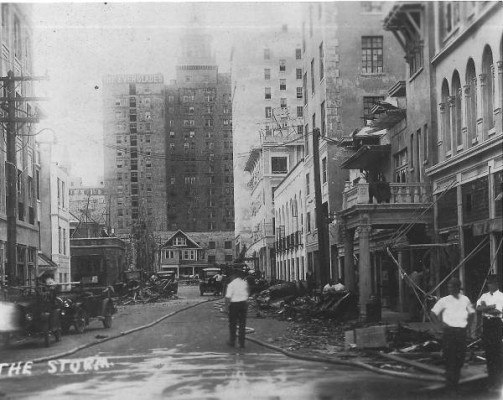
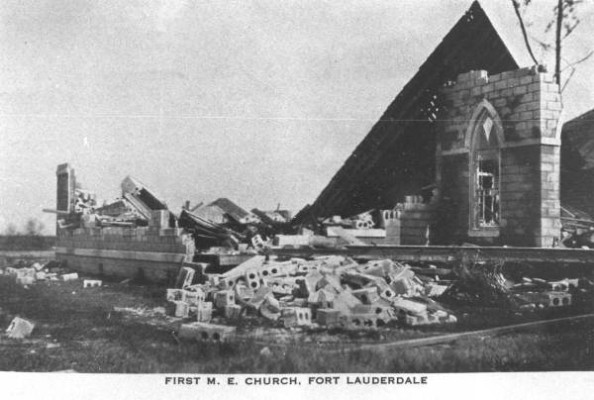
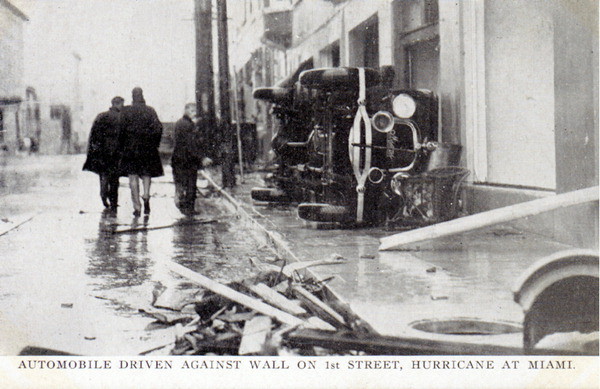
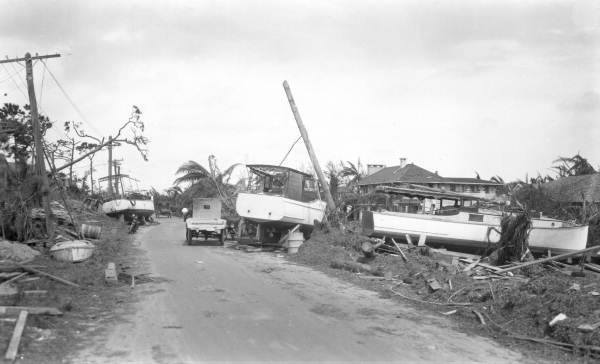
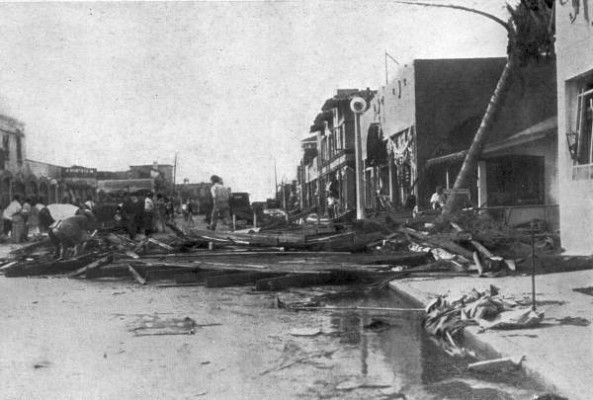
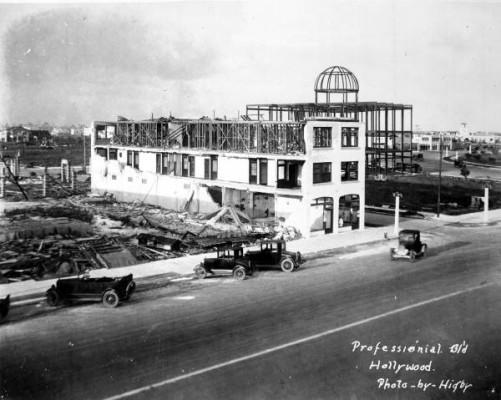
This is actual Film footage taken in and around the Miami and Miami Beach area of some of the damage caused by this historical hurricane.
Photos: Florida Memory Project NOAA
